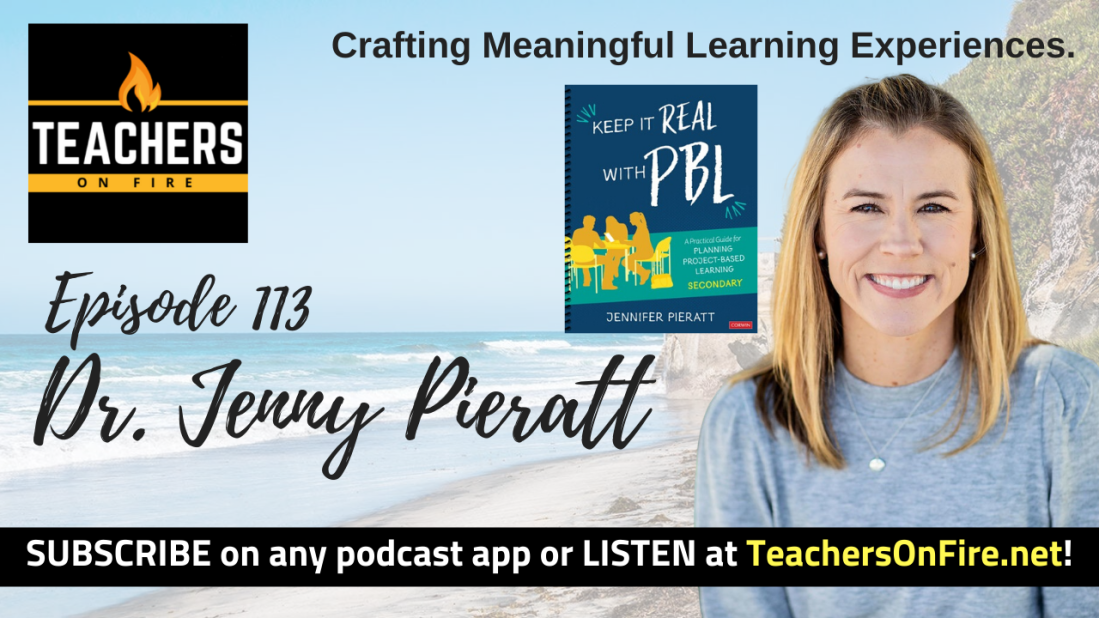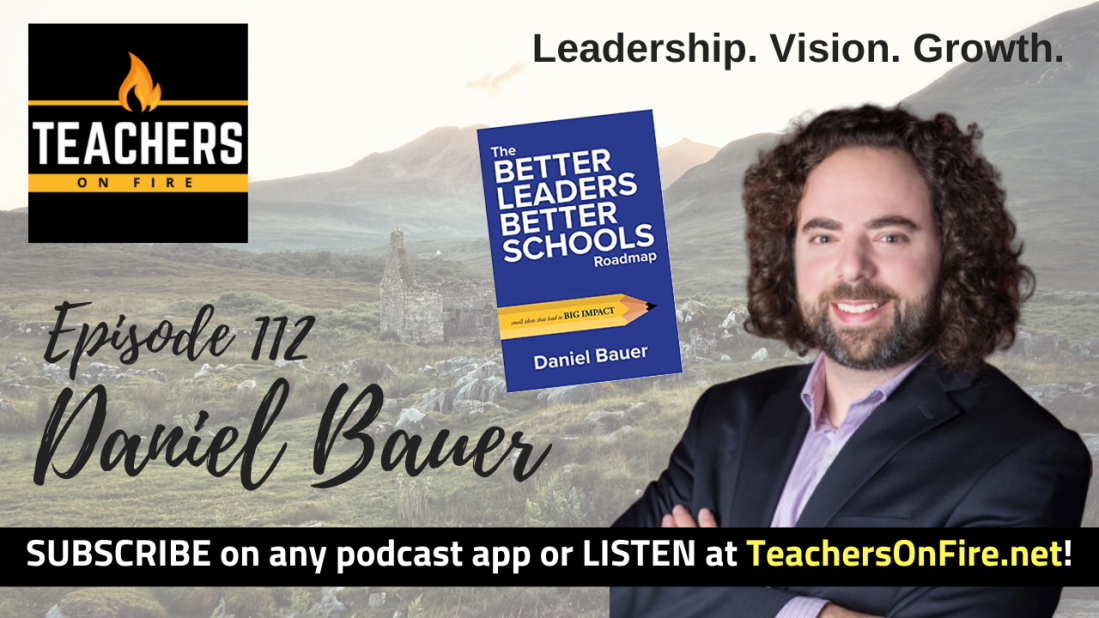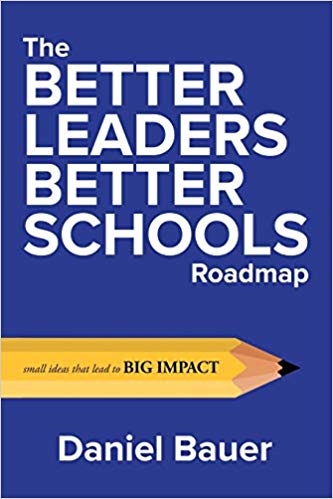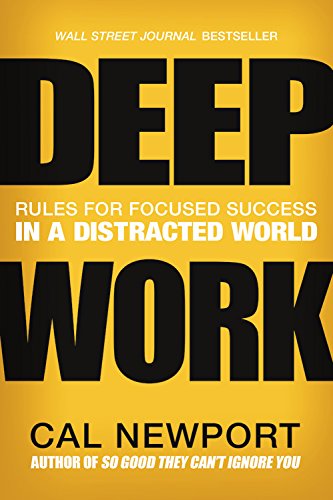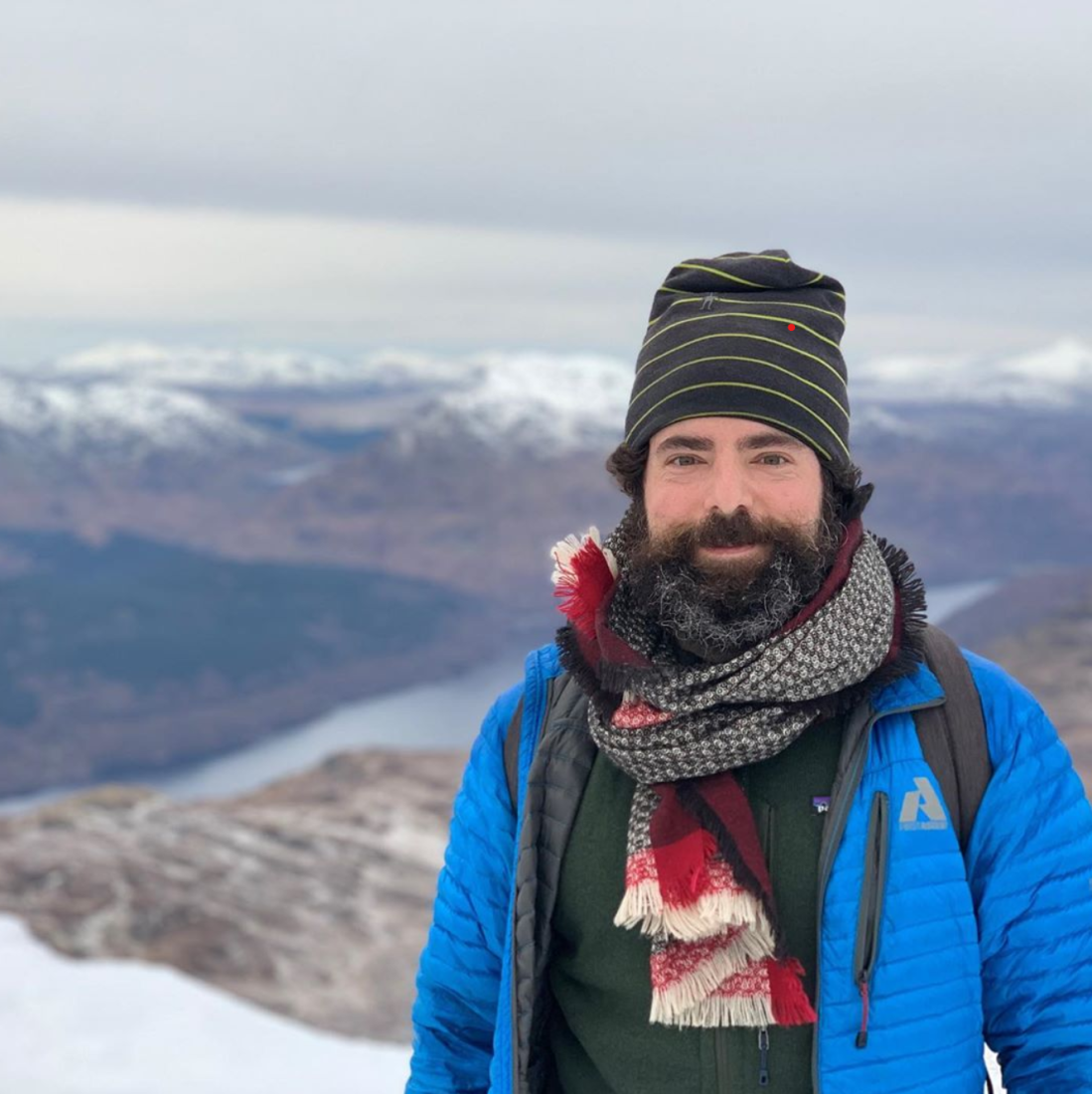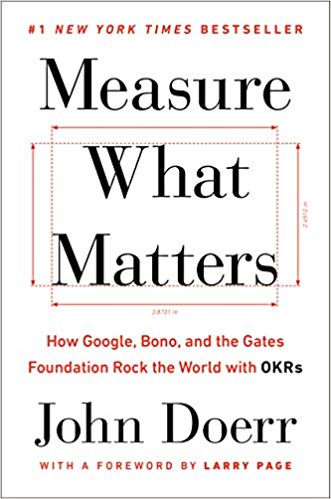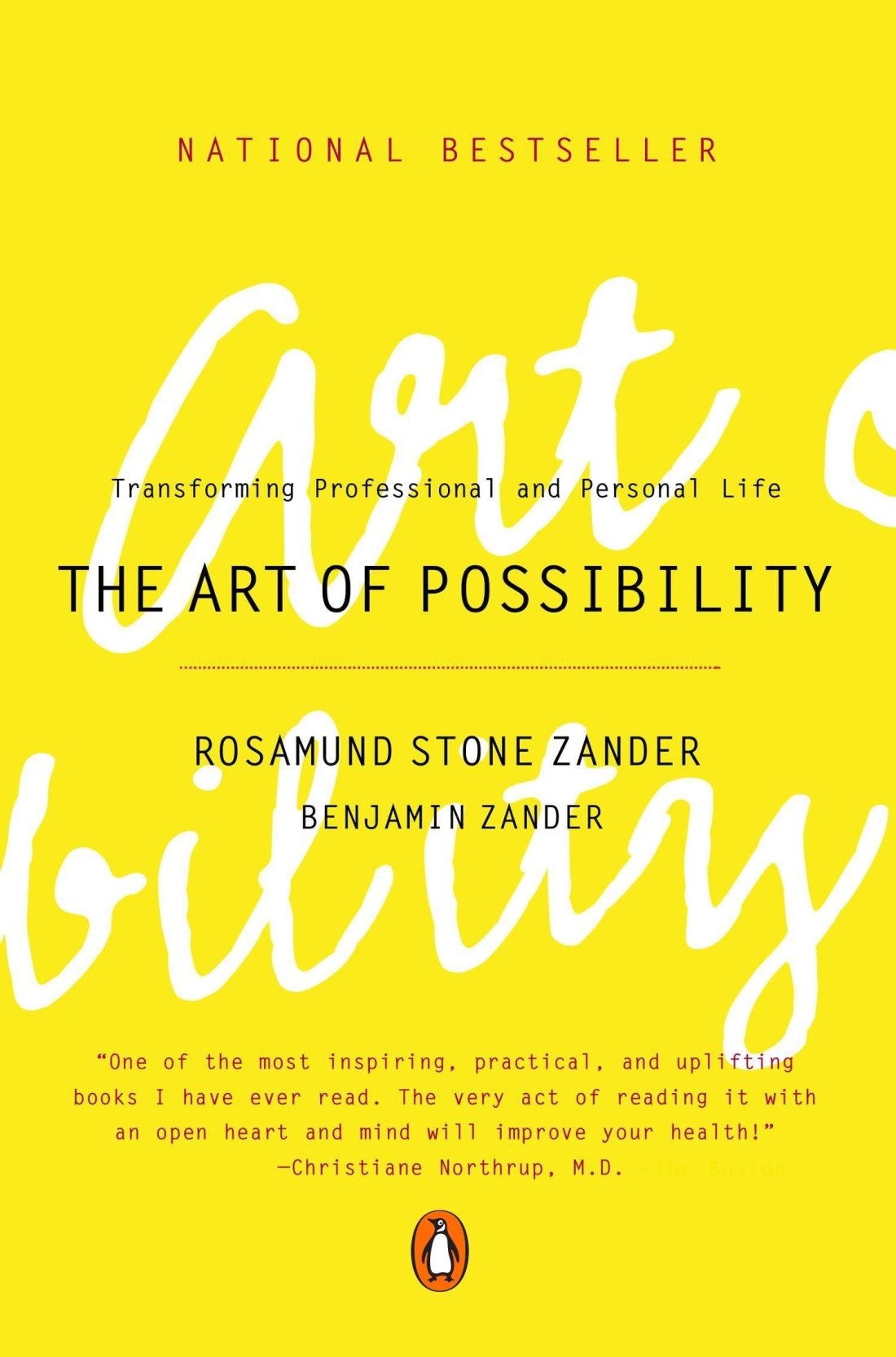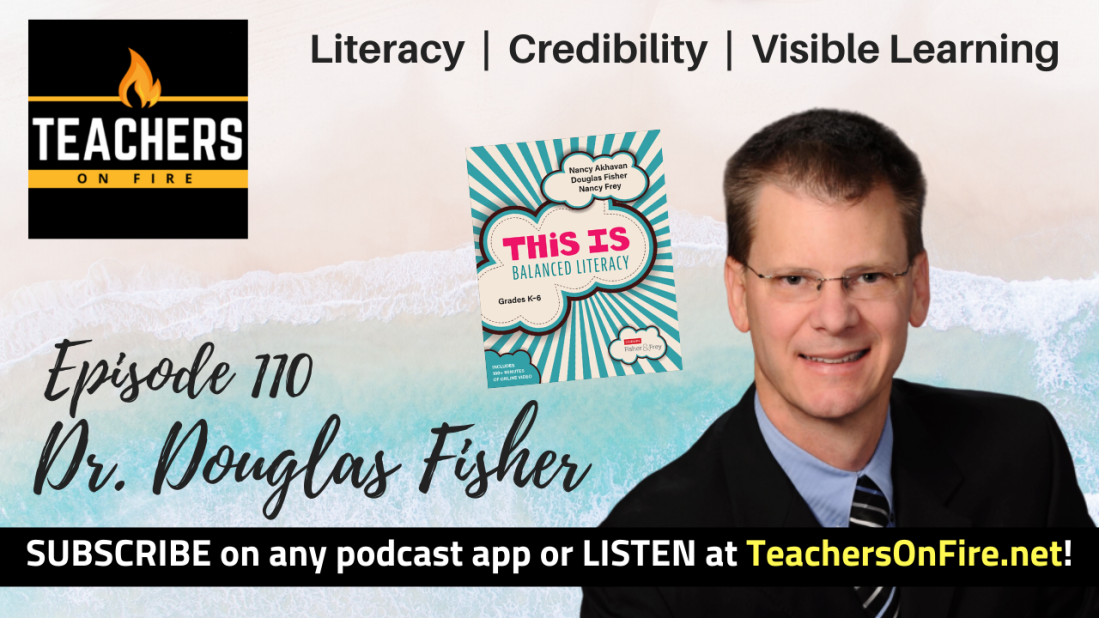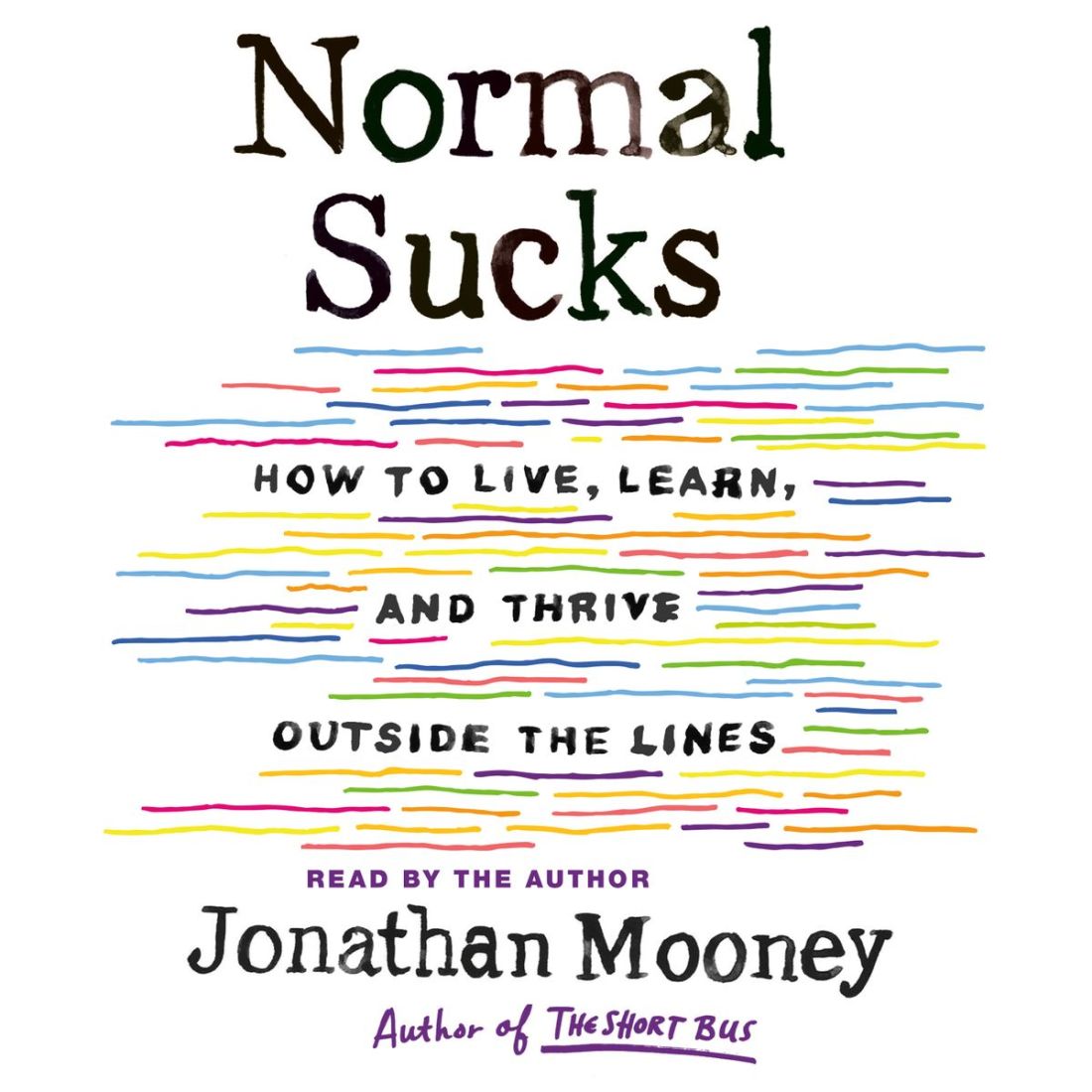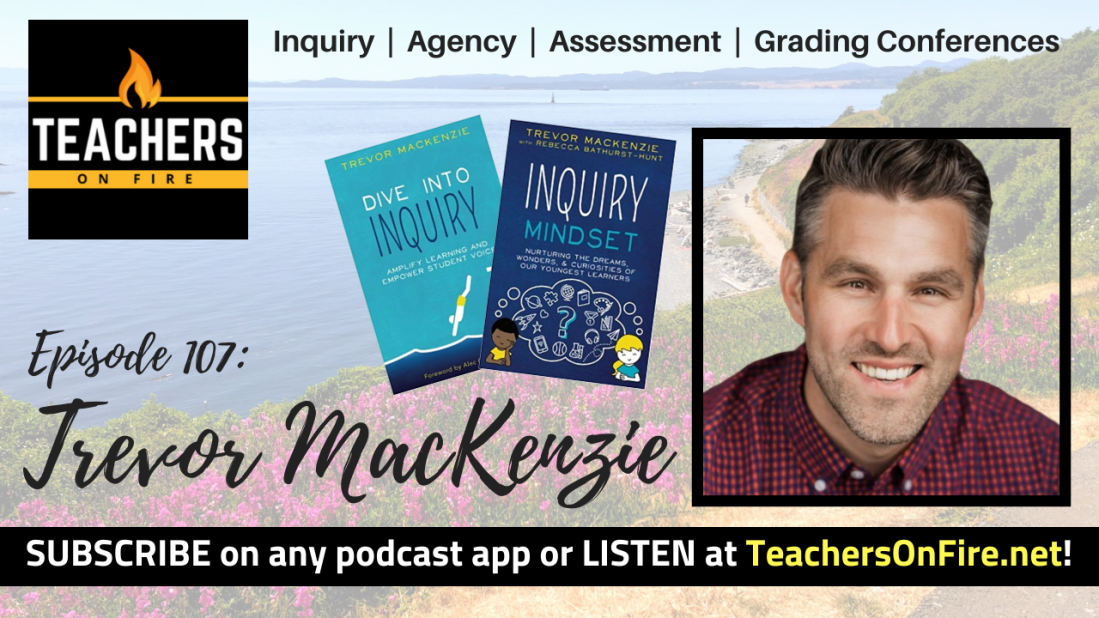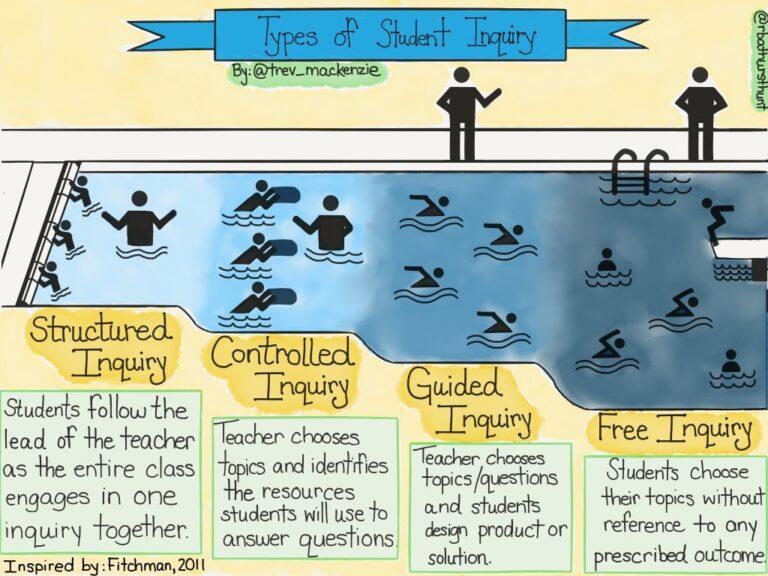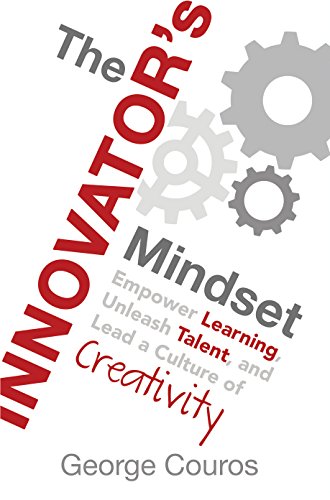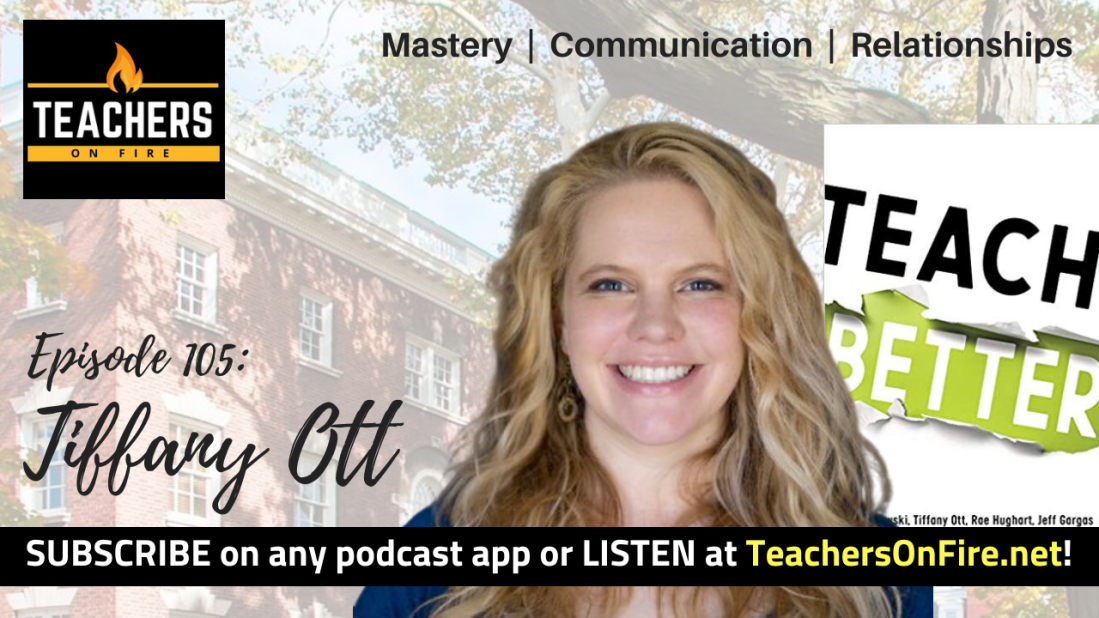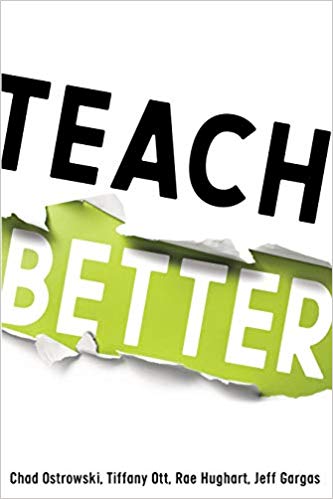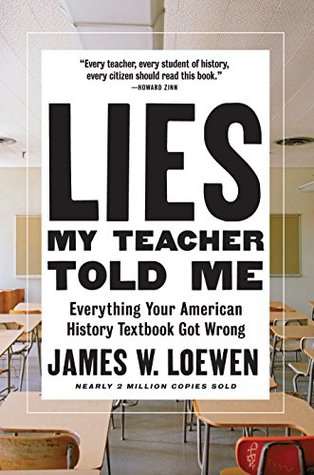Meet Dr. Jennifer Pieratt
JENNIFER PIERATT is an educator, mom, speaker, coach, and project-based learning nerd. She offers tips, tools, and inspiration for Project-Based Learning and is the author of three books, including Keep It Real With PBL, Secondary: A Practical Guide for Planning Project-Based Learning. She hails from a small California beach community called Cardiff-by-the-Sea.
Mad Respect for Primary Teachers
Jenny had been teaching for about eleven years before she decided to pivot her career and work for two companies that support project-based learning implementation across America. It was incredible work: she learned so much, saw so many school environments, and built a ton of amazing professional relationships.
After three years of this work, she decided to change course again. She had small children at home, and all her time on the road was putting a strain on her family. She returned to the classroom, thinking that teaching fifth grade would be a breeze, but was instead surprised to find it a steep challenge. Used to teaching secondary, the move to the primary classroom was a bit of a shock, and she calls it the hardest thing she has ever done.
Today, she says she has mad respect for primary teachers who work with kids all day, for every subject, often without breaks. She calls this part of her teaching journey the impetus for the work that she does today and credits her discouragement for adding perspective and insight into the challenges that middle school teachers face.
Keep it Real with PBL
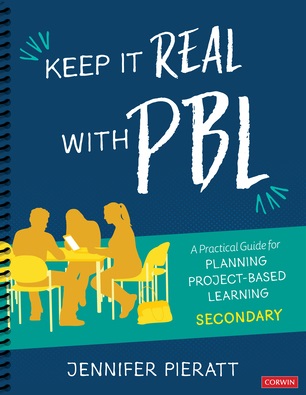 In January 2020, Jenny will publish Keep It Real With PBL, Secondary: A Practical Guide for Planning Project-Based Learning from Corwin Teaching Essentials. Jenny intended the book to be a go-to resource for teachers who are venturing into PBL – an organized and accessible source of support that she could leave behind with teachers who hoped to maintain the momentum and learning derived from her training workshops. The book is designed for continuous reference and growth, something teachers can refer back to time and time again.
In January 2020, Jenny will publish Keep It Real With PBL, Secondary: A Practical Guide for Planning Project-Based Learning from Corwin Teaching Essentials. Jenny intended the book to be a go-to resource for teachers who are venturing into PBL – an organized and accessible source of support that she could leave behind with teachers who hoped to maintain the momentum and learning derived from her training workshops. The book is designed for continuous reference and growth, something teachers can refer back to time and time again.
Jenny also offers a series of online courses and coaching opportunities around project-based learning. With work experiences at PBL Works, High Tech High, and New Tech Network, she feels that her philosophy and application of PBL integrates the best flavors of all three organizations. She’s not averse to going rogue or off-script in a workshop, she says, because sometimes educators become overwhelmed by the scale of the work involved. Clarity is essential.
A Favorite Project Idea
One of Jenny’s all-time favorite projects is called Silent Voices and it comes from a school called Lake Elementary in Vista, California. It starts by looking at the American Revolution from the eyes of marginalized groups in history and then moves to compare the state of those groups to the challenges faced by marginalized groups in today’s society. It’s a very layered project that demands critical thinking and substantial depth of knowledge, and the end products created by these fifth graders never cease to impress.
Something Setting Jenny on 🔥 in Education: Technology
Technology in the classroom can be a tremendous asset, Jenny says, especially when it is used in ways that enhance project-based learning. She applauds the schools that are using technology to engage their communities, showcase their learning in online exhibitions, collect data, bring experts into the classroom, or conduct field work instead of traditional field trips. She’s seen some classes at the elementary level – even kindergarteners – who are leaving the classroom to collect their own data in the field. How exciting and authentic is that?
A Professional Goal for 2020
Jenny has been giving her 2020 resolutions some thought lately, and one big focus will be a commitment to collect, highlight, and showcase more Math and world language resources for PBL. These subjects often feel like the forgotten children, she says, which only increases her desire to inspire educators in these important categories.
Personal Passions: Exercise and Nutrition
Jenny describes herself as a very active person, and laughs that she is not her best self unless she’s gotten her workout in for the day. She thinks it’s important to try a variety of fitness activities, and some of her experiments have included triathlons, boxing, and hip hop dancing. She’s also interested in nutrition, and with a sister who’s a registered dietician, it’s easy to remain a curious (hungry?) learner in this area.
A Key to Productivity: Her Happy Planner
One of the biggest keys to her productivity is her Happy Planner, Jenny says. She blocks her time by hour for every day in this notebook, and it generally results in a pretty regimented but productive day. To make sure a task is completed, it needs to appear in her planner – otherwise, it just gets lost in the shuffle.
Voices and Resources That Inspire Her Practice
Over on Twitter, Jenny recommends following Camille Nunnenkamp @MissNunnenkamp, a fifth grade teacher at Lake Elementary in Oceanside, California, part of the Vista Unified School District. Camille is doing some awesome things with PBL in her practice, and she posts accessible examples of what PBL can look like in the middle years. For anyone looking to grow their PBL skill set, Camille is a must-follow.
Jenny’s pick for an edtech tool has to go to Evernote, a tool that makes tracking, syncing across devices, and collaboration as effortless and efficient as possible.
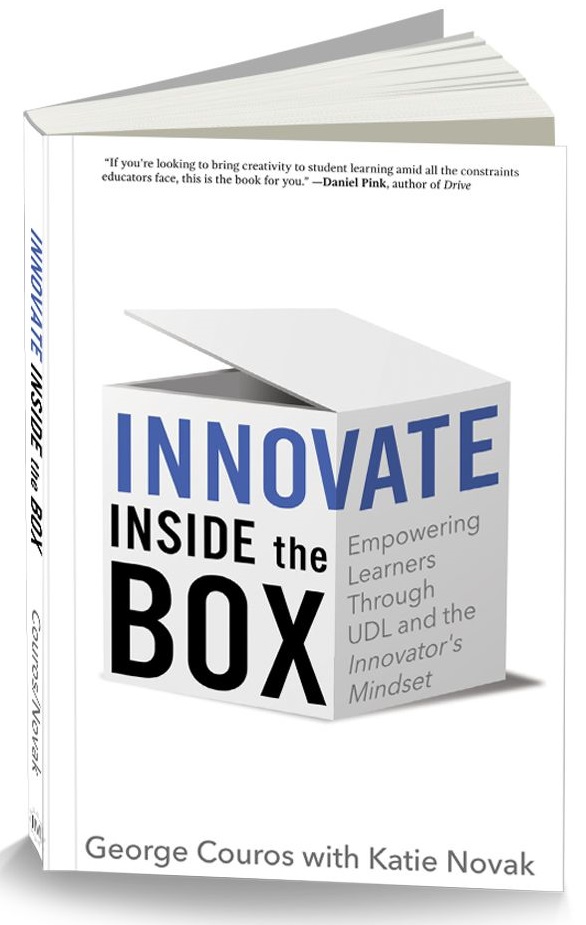 One book Jenny has been enjoying lately is Innovate Inside the Box: Empowering Learners Through UDL and the Innovator’s Mindset by George Couros and Katie Novak. She gained a ton from George’s first book, The Innovator’s Mindset, but finds this title even more applicable to the context of project-based learning.
One book Jenny has been enjoying lately is Innovate Inside the Box: Empowering Learners Through UDL and the Innovator’s Mindset by George Couros and Katie Novak. She gained a ton from George’s first book, The Innovator’s Mindset, but finds this title even more applicable to the context of project-based learning.
Two podcasts that Jenny thoroughly enjoys include the legendary Serial, a true crime classic in the podcast space, and a newer show, To Live and Die in LA.
When the day is over or the weekend is upon her, Jenny is watching The Crown on Netflix. The series chronicles the life and career of the Queen of England, and to anyone with an interest in history, this is must-watch material.
We sign off on this fantastic conversation, and Jenny gives us the best ways to connect with her online. See below for details!
You can connect with Jenny …
- On Twitter @crafted_jennyp
- On Instagram @crafted_JennyPieratt
- On her website at https://craftedcurriculum.com/
Connect with the Teachers on Fire podcast on social media:
- On Twitter @TeachersOnFire
- On Instagram @TeachersOnFire
- On Facebook @TeachersOnFire
- On LinkedIn: Tim Cavey
- On Medium at The Teachers on Fire Magazine
- On YouTube: Teachers On Fire
Song Track Credits
- Intro: Stand Up (by Mike Cosmo — license purchased at https://taketones.com/)
- Outtro: Bluntedsesh4 (by Tha Silent Partner, courtesy of FreeMusicArchive.org)
